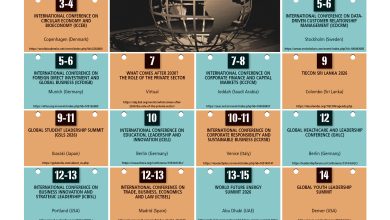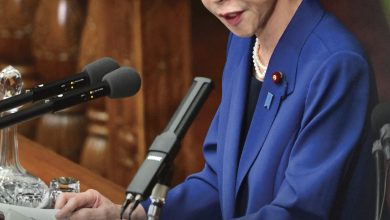NEW FRONTIERS
Fazmina Imamudeen explores our wacky and wonderful world

GREEN PASSPORTS Product passports in the EU are poised to revolutionise consumer engagement and shopping practices. These digital product passports (DPPs) serve as comprehensive records, and include a product’s environmental footprint, production process and life cycle.
For instance, millions of mattresses end up in landfills or undergo incineration annually. And Director of Aquinos Bedding Benjamin Marien sees DPPs as a solution to this waste crisis. By providing consumers with transparent information on mattress composition, digital product passports encourage eco-conscious decision making.
Beyond mattresses, major brands such as Nobody’s Child are adopting DPPs across their product lines. With a scan of a QR code, consumers gain access to vital information about materials and sourcing, which promotes transparency and sustainability in the textile industry.
Architects and engineers are also integrating DPPs into building projects to strengthen the sustainability of structures. A building’s history of materials used and recycling potential are documented on DPPs to facilitate a shift to circular construction practices.
As businesses rally behind this initiative, digital product passports have the potential to transform the retail landscape, and promote transparency, ethics and environmental responsibility.
STRAW ROOFING Barbara Jones and her team at Todmorden Learning Centre and Community Hub in the UK cloaked their 1950s college building in over 1,600 square metres of straw stuffed panels for enhanced insulation.
This ambitious project utilises panels supplied by EcoCocon and marks a pivotal moment in the adoption of natural building materials.
Each panel is densely packed with straw, and promises superior insulation and fire protection by revolutionising traditional building practices. Despite initial scepticism, businesses such as EcoCocon, and Agile Property and Homes, aim to mainstream straw insulated homes in the UK market.
EcoCocon’s impending state-of-the-art factory in Slovakia marks a significant step towards scalability and efficiency. By leveraging automation and local sources of straw, they aim to deliver sustainable solutions without compromising on quality.
But challenges persist. Concerns over rodent infestation and moisture retention linger, although proponents assure that these are manageable. Insurers may also be reluctant and this could impact premiums for unconventional construction methods.
Yet, experts such as Pete Walker advocate for straw as an untapped resource, and emphasise its carbon sequestration benefits and potential to transform eco-friendly construction practices.
AI ARTISTRY Journalist Thomas Wilde’s exploration of AI’s impact on art and illustration, particularly in the comic books sector, sheds light on a transformative and nuanced landscape. Luminaries gathered at the Emerald City Comic Con in Seattle to dissect the implications of generative artificial intelligence tools on their craft.
Hosted by actor Julie Snyder, the panel delved into the myriad ways AI is reshaping artistic practices from creation to consumption. CEO of FairSquare Comics Fabrice Sapolsky, and artists such as Kit Steele and Melissa Capriglione, shared firsthand experiences of navigating the evolving intersection of AI and artistry.
The discussion revealed concerns surrounding the capacity of artificial intelligence to flood social media feeds with algorithmically generated content, overshadow human creativity and distort audience expectations. Issues pertaining to copyright infringement and unrealistic client demands emerged as prominent challenges.
Despite these complexities, panellists expressed a collective desire to harness AI’s potential while safeguarding artistic integrity. Suggestions ranged from regulatory frameworks that empower artists to opt for artificial intelligence and grassroots initiatives for legal protection.
Ultimately, Wilde’s exploration underscores the need for a thoughtful dialogue on the role of AI in shaping artistic expression and the need for collaboration to navigate this evolving landscape.
FLASH TECH With over 80 percent of data still residing in legacy solutions such as magnetic hard disks, the introduction of Pure Storage’s flash optimised system presents a transformative opportunity. This advancement, which is championed by industry leaders, promises significant benefits.
Pure Storage’s flash optimised solution not only slashes energy consumption by up to 85 percent but also reduces data centre energy usage by 20 percent. It addresses critical pain points faced by organisations such as limited storage space, missed service level agreements and soaring maintenance costs.
Unlike traditional storage solutions that are prone to e-waste and service disruptions, Pure Storage’s architecture offers an energy efficient, flexible and future ready alternative. By leveraging flash technology, upgrades become seamless and non-disruptive, and usher in a new era of productivity and sustainability.
With Pure Storage’s flash-based evergreen architecture, businesses can confidently navigate the digital landscape, and achieve greater agility and resilience in an increasingly competitive market.





